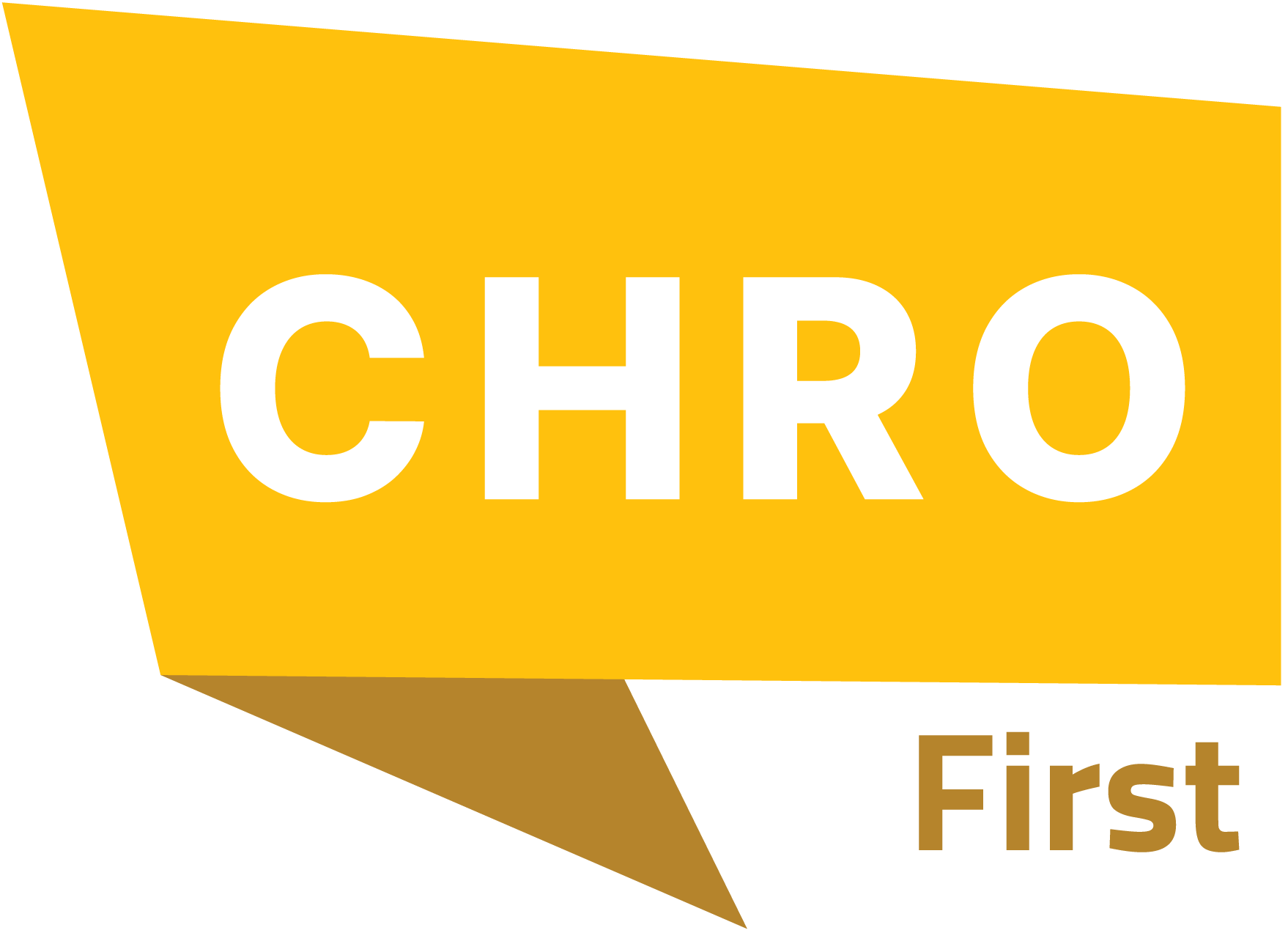Aon plc, a leading global professional services firm, shared findings from its 2025 Global Pay Transparency Study, which found that despite growing regulatory pressure and evolving employee expectations, only 19 percent of organizations surveyed globally consider themselves ready for pay transparency. The study captures insights from more than 1,400 organizations and more than 40 countries.
In North America, the percentage of organizations that say they are “not ready” has improved to just 16 percent (down from 18 percent in Aon’s 2024 North America Pay Transparency Readiness Study). However, the study highlights regional disparities in preparedness with a significantly greater portion of organizations responding they are “not ready” in APAC (48 percent), LATAM (40 percent) and EMEA (26 percent).
“Pay transparency is no longer a buzzword. It’s a baseline expectation from employees and a regulatory imperative across an increasing number of jurisdictions,” said Lisa Stevens, chief administrative officer at Aon. “Yet our data shows a concerning lack of progress. Organizations that fail to act face risks not only in compliance, but in their ability to attract, retain and engage talent.”
Compliance Over Culture
Aon’s study reveals that most companies are responding to regulations on a reactive, location-specific basis. Sixty percent apply pay transparency requirements selectively by geography — primarily where legally required — rather than adopting a unified, values-based strategy.
Also Read: Most US employers not budging on budgets, salary increases remain flat, Report by WTW
“Regulatory compliance” is cited as the top motivator for transparency efforts, outpacing considerations such as improving the employee value proposition or aligning with corporate values by 40 percent.
While pay transparency regulation is widely seen as a lever for advancing pay equity, only 26 percent of respondents have conducted a pay equity analysis in the past 12-18 months, suggesting that most organizations continue to prioritize compliance over deeper equity-focused action.
The communications gap is also significant. Only seven percent of organizations feel strongly that employees fully understand pay policies, and just nine percent have a high level of confidence that managers are trained to discuss compensation effectively, highlighting a major barrier to transparency. Meanwhile, although 69 percent of organizations publish salary bands during recruitment, only 21 percent do so for all job postings, further reflecting a cautious, compliance-driven approach.
“Employees are navigating economic uncertainty and growing concerns about fairness,” said Kelly Voss, head of rewards and career advisory for North America at Aon. “Clear, consistent communication and manager training are critical to transparency efforts. Without them, even well-intentioned strategies can fall short.”
Signs of Momentum
Despite current gaps, the report highlights pockets of momentum. Seventy-one percent of organizations say their pay transparency readiness has improved over the past year.
With the EU Pay Transparency Directive set to take effect in 2026 and additional regulations emerging globally, Aon advises employers to evolve from tactical compliance to strategic action.
“Pay transparency is here to stay,” said Voss. “Organizations that treat it as a business imperative, not just a legal hurdle, will be better positioned to build engaged, resilient workforces.”
Source: PRNewswire

